Foreign companies have been looking for alternative ways to bring skilled workers to their businesses in the United States. As the L-1 visas have tightened and quotas for H-1B visas quickly become depleted, E-visas provide an important alternative. The E-visa grants international companies and entrepreneurs entry to the United States to establish, direct, and develop their businesses. They can also bring critical employees who are citizens of the same treaty country. There are two main types of E visas: the E-1 treaty trader visa and the E-2 Treaty Investor Visa. E-visas are designated for citizens of countries maintaining treaties of friendship, commerce, and navigation with the United States.
Treaty Traders (E-1)
E-1 Visas are called treaty trader visas. The company petitioning for an E-1 visa must show that it has already established a “substantial trade” on an international level, in goods or services principally, between the treaty country of the applicant’s nationality and the United States. The applicant must prove that the trade makes up 50% or more of the company’s total international trade. A foreign company or the company’s US subsidiary that will hire the applicant must also fulfill the trade.
Treaty Investors (E-2)
E-2 visas are reserved for treaty investors. Applicants must show that they have or are actively making a “substantial” investment in a US Company. The foreign individual is often the visa applicant, but not always. The funds for the substantial investment must be irrevocably committed. The specific amount of what qualifies as “substantial” isn’t defined, but it must be proportionate to the cost of business. The investment needs to be substantial enough to ensure the successful operation of the business enterprise and generate more than the minimal living for the investor and family.
Australian Specialty Occupation Workers (E-3)
E-3 visas are designated for Australian specialty occupation workers. The E-3 visa shares similar characteristics to the H-1Bs and H-1B1s, yet it remains a separate visa category with distinct benefits and requirements. A job offer and a Labor Condition Application (LCA) form with the Department of Labor (DOL) are required. Australian workers can request an E-3 visa at a U.S Consulate or Embassy abroad. Alternatively, a U.S. employer may request a status change from another visa to an E-3 visa if the prospective worker is already in the U.S.
Can Dependents Come to the US Through E-Visas?
The spouses and qualifying dependents of E-1 and E-2 Treaty Traders and Investors and E-3 Australian Specialty Occupation Workers can apply to come to the United States through the principal’s visas. Similarly, the spouses and dependents of these Visa holders are eligible for employment authorization by filing Form I-765 with the USCIS.
Electronic Visa (also called e-Visa) FAQ
On the other hand, if you are interested in traveling internationally, you may need to obtain a visa. Generally, if you plan on staying more than a few weeks, you may need a travel visa, a legal document allowing you to enter another country for a specific amount of time. The Electronic Visa (also called e-Visa) is an innovative way to obtain a Visa more quickly.
What is an Electronic Visa?
The process of obtaining a travel visa can be complicated and time-consuming. An e-visa allows people to apply for a Visa online. Applicants can sign the application form, attach all required documentation, and pay all applicable fees online. A link confirming successful submission will be sent to the email on the application. A second link to download the e-Visa will be sent after.
Which Countries Offer Electronic Visas?
Only some countries offer electronic visas, so one of the first things you will need to do is check the laws of the country you plan to visit. The easiest way to obtain an e-Visa is to download and submit the form, along with all the required documents. Participating countries have online electronic visa application systems.
What are the Benefits of an Electronic Visa?
One of the most essential advantages of applying for an e-Visa is that you will not have to visit an embassy. Depending on your situation, you can apply for an e-Visa online in less than 20 minutes and do it from the comfort and convenience of home.
What is the Difference Between an E-Visa and a Visa on Arrival?
An e-visa is a visa that the applicant applies for online. On the other hand, a visa on arrival means you are not required to obtain a legal visa when traveling to another country. Instead, you can purchase airline tickets using your passport and then travel to another country using your passport. After you arrive at your destination, you will receive a passport stamp from the appropriate authorities.
The passport stamp allows you to stay in the country for a specific period of time. Each country has unique guidelines for when an e-visa is required. Generally, a visa on arrival will not be adequate if you plan on working in another country, attending school, or staying more than two to three months. You will likely need to apply for the appropriate e-visa.
Questions About Obtaining an E-Visas? We Can Help
Navigating the visa process can be challenging. Having an experienced attorney on your side can help avoid costly, time-consuming mistakes. If you have questions about E visas, the attorneys at Ray Law International are here to help. We will take the time to answer all your questions and help you submit a compelling and thorough application. We can also help you if your application is denied or other legal issues arise. Contact Ray Law International today to schedule a no-cost initial consultation.


